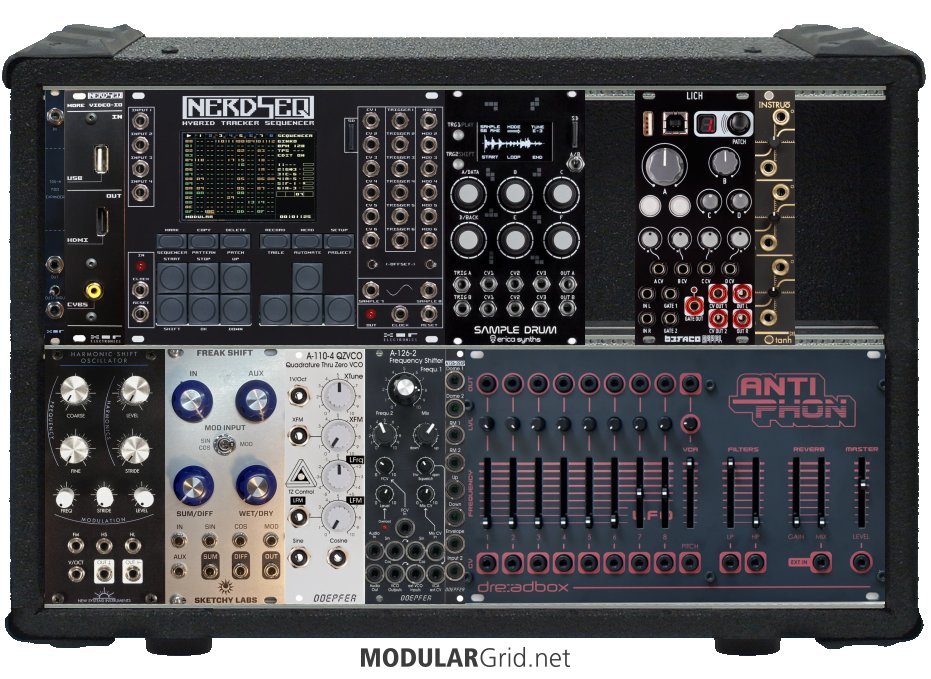What I'm working on is basically a "randomized" sampler to play live. One of my favorite things about the Microfreak is that you can modulate the arpeggiator/sequencer rate and get really off the grid in a tactile way. I want to do this in a sampler and sort of create like an instrumental hip hop version of free jazz.
-- Zacksname
It's not really modular but since you mentioned the MicroFreak. It recently received a firmware update that turns it into a sampler & granular engine. With some additional tweaking, I think you can pull off what you intended, like I show in my video:
https://


